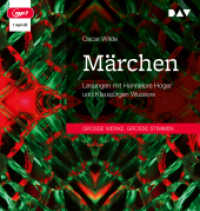Full Description
Routledge International Handbook of Visual Research Methods in Anthropology approaches the question of method through conceptualisations of the visual world as light, sight, images and technologies of imaging that can be analysed and described through a range of visual practices in the course of anthropological research.
The aim of the book is to move beyond making a case for the importance of "the visual" via its notional arrangement as a subject and means of study in anthropology by showing how it is applied as a way of doing anthropological research through the explication of a series of examples. Employing an innovative structure for a handbook, each contribution is orientated around a single distinguishing concept and together the contributions addresses the following three issues: How to see through images by treating the visual as a form of knowledge made visible. A second group of entries is concerned with how to see through time by approaching the visual as a modality for representing duration and rendering legible what may no longer be available to vision. Finally, a third group of entries deals with the visual at a phenomenal level, as a medium that we see in.
This handbook is a timely and useful resource for both students and researchers of anthropology at this time because the discipline's long-standing, theoretical and empirically rich practical engagements with visual methods provide valuable insights for the social sciences into current transmutations of "the visual" into "the multimodal", the "non-representational" and "the sensory". The importance of these areas as well as of digital research more generally makes visual methods ever more important for social scientists; hence, this handbook is also valuable for those studying general research methods courses and in related fields such as sociology, health studies and social work.
Contents
Introduction: Re-Picturing Theory; Section 1: How to See Through Images 1. Drawing 2. Pen 3. Book 4. Grid 5. Map 6. Aerial 7. Sample 8. Wave 9. Place 10. Medical
11. Surface 12. Design 13. Installation 14. Photo-elicitation 15. Shared; Section 2: How to See Through Time 16. Phantasm 17. Portrait 18. Trace 19. Re-Photography
20. Subjectivities 21. Montage; Section 3: How to See (in) the Light 22. View 23. Nebula 24. Abstraction 25. Distortion 26. Cuff 27. Digital 28. Light 29. Animation








